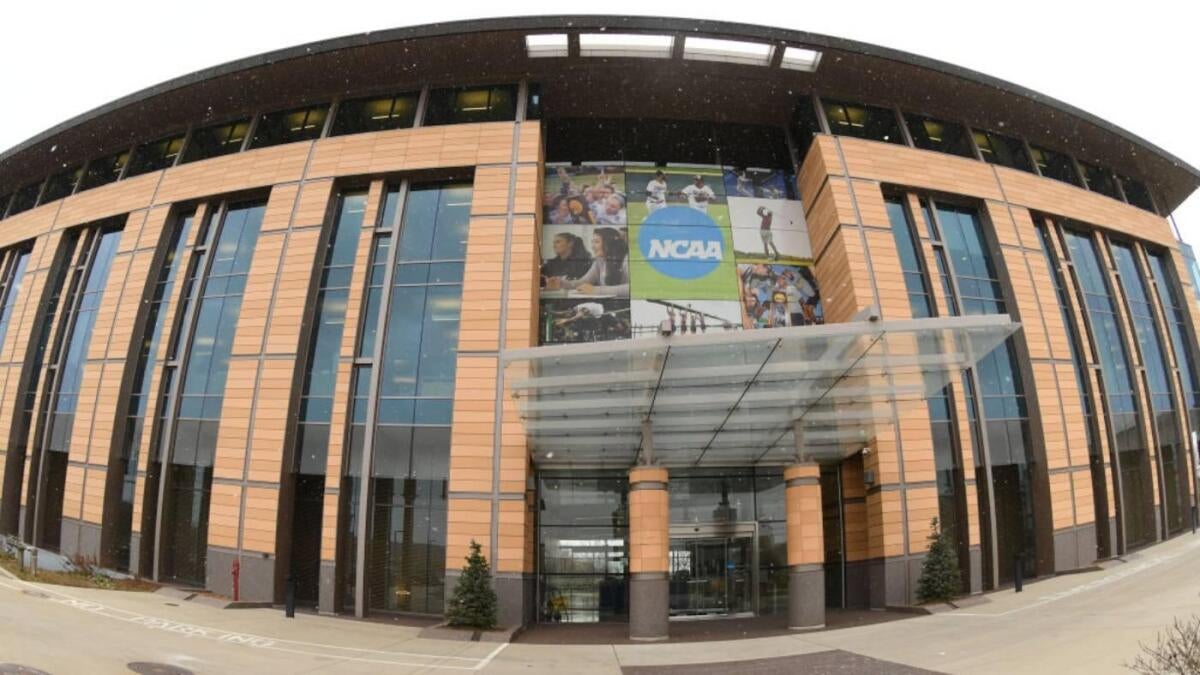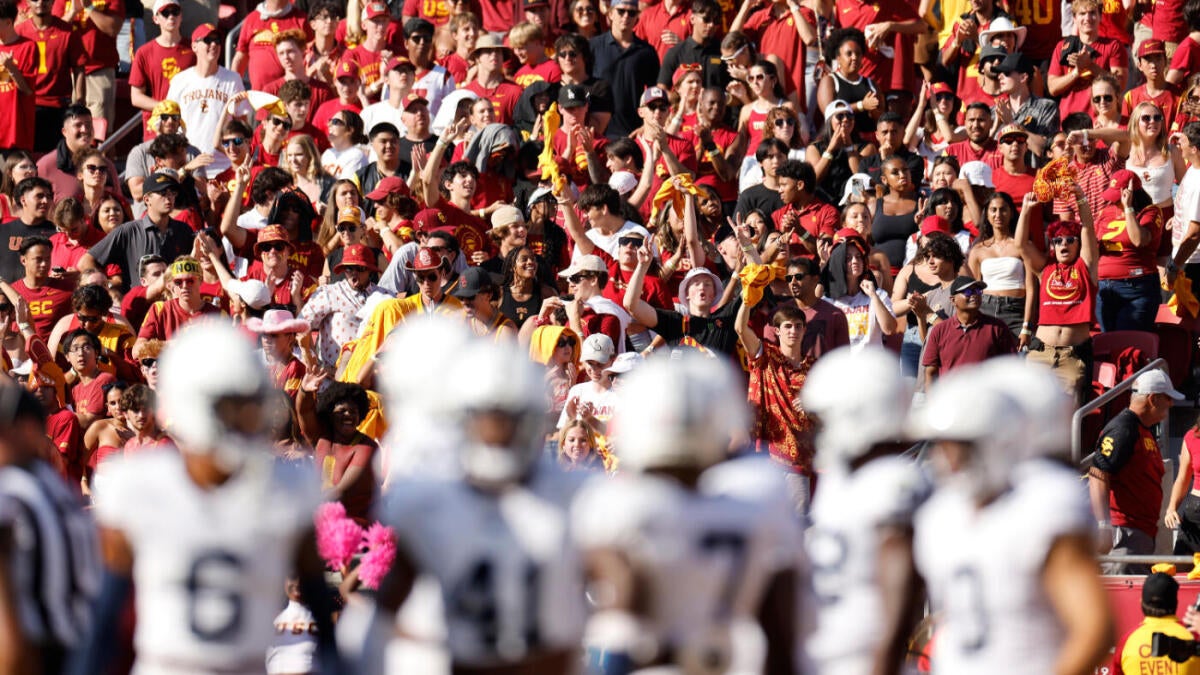- Joined
- Aug 17, 2011
- Messages
- 18,670
- Reaction Score
- 107,989
Let the revenue sharing begin. At least there are some rules and guardrails with this system rather than the Wild, Wild West of NIL. Hopefully it does somewhat favor the men's basketball teams in the Big East as those recent articles described.
The NCAA's 119-year amateurism model died Friday with a judge's pen as the landmark House v. NCAA antitrust settlement received final approval, opening the door for millions of dollars to be shared between schools and players for the first time.
How revenue-sharing will affect skyrocketing NIL deals among third parties is unknown. Still, those deals with third parties and collectives outside the revenue-sharing plan will soon face intense scrutiny from a new enforcement entity starting July 1. Experts believe it will help curb "pay-for-play" schemes between boosters and players far beyond perceived market values. Many multi-million dollar deals with high-profile players were struck in the months before the House settlement's approval so that those deals would not be scrutinized by the enforcement entity, which does not have authority until July 1.

 www.cbssports.com
www.cbssports.com
The NCAA's 119-year amateurism model died Friday with a judge's pen as the landmark House v. NCAA antitrust settlement received final approval, opening the door for millions of dollars to be shared between schools and players for the first time.
How revenue-sharing will affect skyrocketing NIL deals among third parties is unknown. Still, those deals with third parties and collectives outside the revenue-sharing plan will soon face intense scrutiny from a new enforcement entity starting July 1. Experts believe it will help curb "pay-for-play" schemes between boosters and players far beyond perceived market values. Many multi-million dollar deals with high-profile players were struck in the months before the House settlement's approval so that those deals would not be scrutinized by the enforcement entity, which does not have authority until July 1.

House v. NCAA settlement approved: Landmark decision opens door for revenue sharing in college athletics
A federal judge granted final approval for the $2.8 billion lawsuit Friday evening
Last edited:

